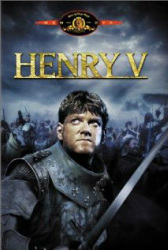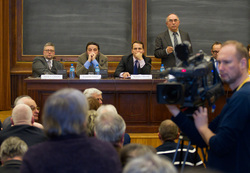
CANADA (ACROSTIC)
By Tekahionwake (E. Pauline Johnson)
Crown of her, young Vancouver; crest of her, old Quebec;
Atlantic and far Pacific sweeping her, keel to deck.
North of her, ice and arctics; southward a rival's stealth;
Aloft, her Empire's pennant; below, her nation's wealth.
Daughter of men and markets, bearing within her hold,
Appraised at highest value, cargoes of grain and gold.






 RSS Feed
RSS Feed

 RSS Feed
RSS Feed